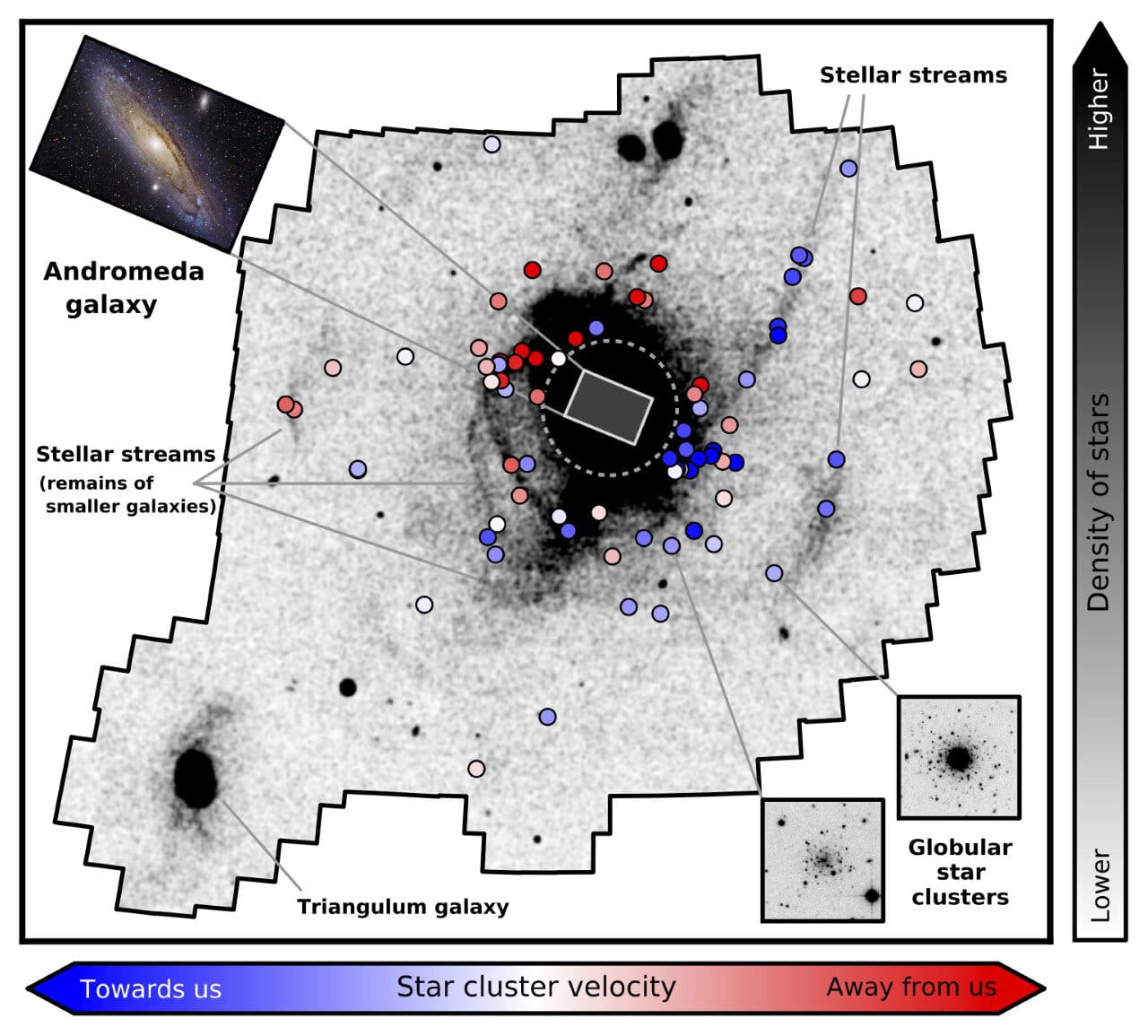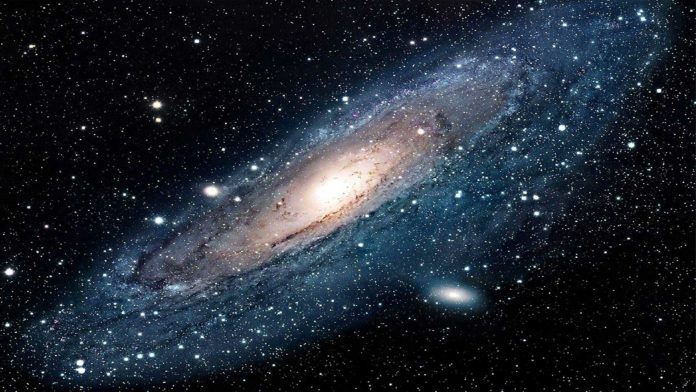Our Milky Way galaxy is on collision course with nearby Andromeda galaxy
The galaxy where we live is called the Milky Way. As per the recent study that involves studying the past of neighboring large galaxy Andromeda, our milky way is on its collision course with Andromeda.
Andromeda has consumed several smaller galaxies, likely inside the last few billion years, with left-overs found in massive streams of stars. Now, it has set its sights on the Milky Way as its next main course.
ANU researcher Dr Dougal Mackey, who co-led the study with Professor Geraint Lewis from the University of Sydney, said, “The international research team also found very faint traces of more small galaxies that Andromeda gobbled up even earlier, perhaps as far back as 10 billion years when it was first forming.”
But, no need to get panic- It won’t happen for about 4.5 billion years.

Dr. Mackey, from the ANU Research School of Astronomy and Astrophysics, said, “The Milky Way is on a collision course with Andromeda in about four billion years. So knowing what kind of a monster our galaxy is up against is useful in finding out the Milky Way’s ultimate fate.”
“Andromeda has a much bigger and more complex stellar halo than the Milky Way, which indicates that it has cannibalized many more galaxies, possibly larger ones.”
“By tracing the faint remains of these smaller galaxies with embedded star clusters, we’ve been able to recreate the way Andromeda drew them in and ultimately enveloped them at different times.”
The disclosure introduces several new mysteries, with the two bouts of galactic feeding originating from totally different directions. However, the most surprising discovery in the direction of the ancient feeding is the same as the bizarre ‘plane of satellites’, an unexpected alignment of dwarf galaxies orbiting Andromeda.Previously, scientists discovered that such planes were fragile and rapidly destroyed by Andromeda’s gravity within a few billion years.
Professor Lewis said, “This deepens the mystery as the plane must be young, but it appears to be aligned with ancient feeding of dwarf galaxies. Maybe this is because of the cosmic web, but really, this is only speculation. We’re going to have to think quite hard to unravel what this is telling us.”
Dr. Mackey said, “studying Andromeda also informed understanding about the way our galaxy has grown and evolved over many billions of years.”
“One of our main motivations in studying astronomy is to understand our place in the Universe. A way of learning about our galaxy is to study others that are similar to it and try to understand how these systems formed and evolved.”
“Sometimes, this can be easier than looking at the Milky Way because we live inside it, and that can make certain types of observations quite difficult.”
The study, published in Nature, analyzed data from the Pan-Andromeda Archaeological Survey, known as PAndAS.









0 Comments